I do a lot of writing. I also do a lot of speaking. As a designer I have to be good at verbal communication. I’d even go as far as saying that I’d rather be a great communicator than a good designer. If I can’t convey a design concept or a plan, or get my stakeholders onboard on an idea, my designs will never see the light of day.
For that reason I’ve made communication a core skill to continually get better at. This feels even more relevant today when most meetings I attend take place online and I have to rely on my voice alone to build rapport, instil confidence and ensure that my message is understood and well received.
10 Rules of Verbal Communication
I wrote these in 2010. They’re old but they still hold. I’m certain one could sweat it down to make a slightly more concise list but 10 is a nice and even number.
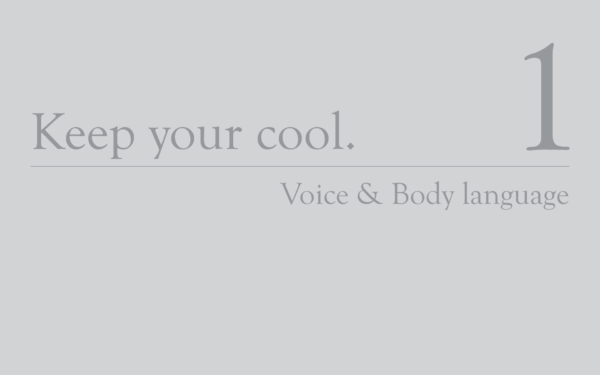
1. Keep your cool
Watch a TED talk and study the delivery by the speaker. It’s flawless. TED speakers practice for months to deliver a 20-minutes speech. They’ve got all these 10 rules down to a T, but this first rule is very easy to observe because it’s all about the delivery. A calm articulated voice. A dynamic presence. Open and confident body language. This takes years to get good at, but one of the keys to good delivery is to bring your inner state to a calm. This can be done by controlling your breathing. If you slow down your breathing your body relaxes. If your body relaxes, your brain relaxes too. If your brain is relaxed you perform better.
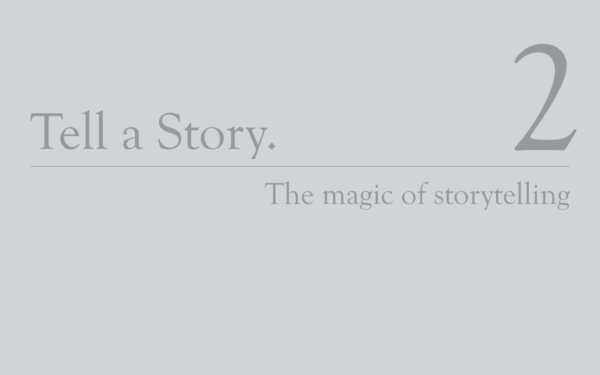
2. Tell a story
Humans connect with stories on a deep, almost mystical way. Facts and numbers add credibility, but stories add emotion. And emotions always win. Storytelling is an art form that tends to come naturally for some, like my big brother. Unfortunately I didn’t get the storyteller gene and have to rely on tools like Storyteller Tactics and Story Arcs to increase my chances to captivate my audience.

3. Keep it simple
This one probably comes naturally to most of us. As designers we are used to KISS (Keep it simple, stupid). When we apply it to verbal communication it’s the same principle; think long and hard about what you want your audience to take away and then focus on that.
Remove the rest.
Create white space to let the message sink in.
One example is enough to illustrate a point. One image is better than five. One message will be remembered. Two messages won’t.
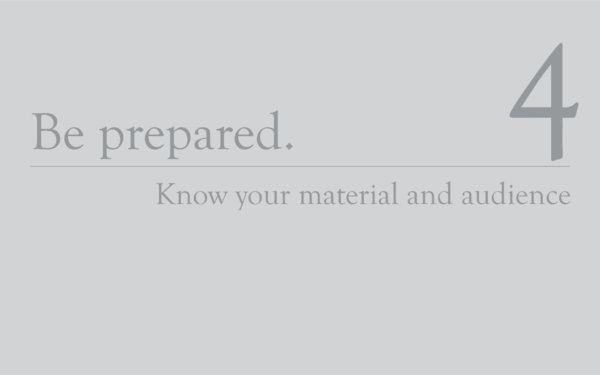
4. Be prepared
To be prepared is just as much about understanding your audience as it is bout having practiced your delivery. Furthermore, it’s about playing devil’s advocate with yourself and putting yourself in your audience’s shoes. What questions and objections might they have? How might the time of the day, prior activities and pre-existing biases affect their mood and attention? Try and answer these things in advance so you’re prepared on the day. The more you do this, the easier it’ll become to predict certain situations as you’ll have patterns of behaviours to work with.
People are sleepy directly after lunch and might need an energiser before they’re ready to listen. If you’re talking to a group of colleagues last thing before it’s time to go home their heads might already be halfway through the door, thinking about what route to take to avoid traffic or what to cook for dinner. In such case it might be worth keeping it extra short and pointing out that you only need a few minutes of their attention.

5. Make eye contact
We love to be seen. When a speaker seeks our eye contact and directs their attention to us we feel special and pay attention. It’s a clever trick that might not work if you’re on a large stage or on a video call, but try it in pretty much any other situation and observe your audience’s reaction. Try and give equal attention to everyone if it’s a small group, because as much as we like to be seen we feel bad if we’re neglected.

6. Engage and involve
There’s a blurry line between a presentation and a facilitated workshop. The best presentations (or any type of verbal communication) are highly interactive. We want to engage our audience with questions, tasks, requests for input etc. for three reasons. First, it wakes up your audience. All of a sudden they’re expected to contribute, so they start paying attention. Second, your audience is now being heard. Their input matters. They’ve got a stake in this and feel more invested. Finally, engaging your audience is a great way to get instant feedback on how you’re doing and calibrate your delivery if needed. For instance, you can check the energy levels or ask if what you say makes sense so far.

7. Listen and observe
Closely related to Rule 6, Engage and involve, we have Listen and Observe. You can do them in isolation but they work best together. Make your communication a two-way street and invite your listener’s thoughts. If your audience is a quiet bunch you can learn a lot simply from observing them. Do you have their attention? Are there power dynamics at play and everyone is looking at a specific person (like their boss for instance) to react first before they do? Is it a work meeting where people have their laptops open? What does that do to their attention? It’s ok to set meeting ground rules. It’s also ok to cancel meetings no one wants to be in.
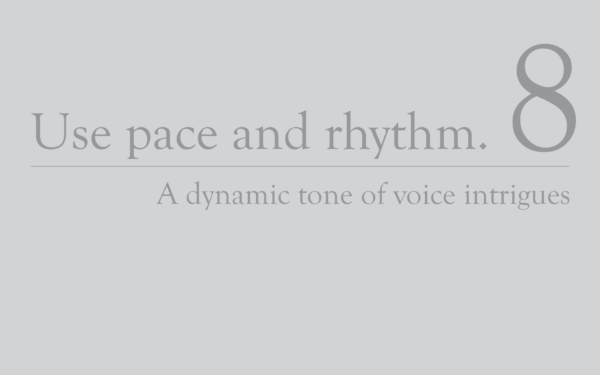
8. Use pace and rhythm
Your delivery will make or break the reception of your message. We were talking about storytelling before, but not even the best story in the world will engage your audience if it’s delivered in a monotone and dull way. A tip is to always bring your energy level up to your listener’s level. And then one more.
This is very apparent on YouTube. Presenters and channel owners who know their presentation skills go in with high enthusiasm and energy from the get go. On top of this, their voice sounds as if it’s riding a wave. It’s dynamic, it moves between high and low pitch, high and low volume. There are pauses. All in all it makes for a pleasant and interesting auditory experience. Spoken word artists are experts at this, but we don’t have to be that extreme to find good examples – here’s a brilliant example from Jody at Just One More Watch, in the first minute of the video. A charming Scottish accent doesn’t hurt either.

9. Put flavour into it
As seen with Jody in the link above, a bit of personality shining through won’t hurt you. In fact, it’ll help you tremendously in getting your message across and being remembered. Don’t be afraid of letting your quirks show. You might feel vulnerable, but vulnerability is good. Remember – emotions win.
Obama had a lot of very well delivered, very serious speeches, but one of his most memorable ones has got to be his 2016 White House Correspondent’s Dinner speech where he lets his sense of humour shine big time. Flavour doesn’t have to be all goof and giggles though. Watch a few classes with Chris Do from The Futur and tell me you don’t think he’s genuine. It won’t happen. Chris has a great personality that he lets out fully in his classes and podcasts. It’s almost like you know him like a friend.
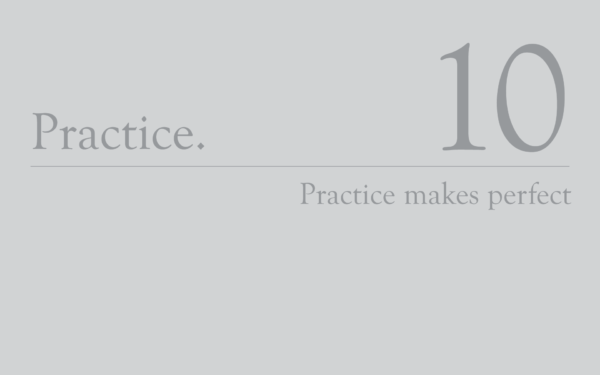
10. Practice
And so we’ve reached the end of the list. Geez, there’s a lot to verbal comms! But don’t fret young Padawan, practice makes perfect. Have fun with it. Pick a rule and focus on it for a week, then try another one. This is a life skill. It takes a lifetime to perfect and you’ll benefit from it for an equally long time. Enjoy!
You can download these slides as a pdf here.










